Researchers develop highly efficient organometal halide perovskite photoelectrodes for water splitting
Green Car Congress
AUGUST 11, 2023
Photoelectrochemical (PEC) water splitting based on solar energy is one promising approach for the production of green hydrogen. However, its widespread application is limited by a lack of efficient photoanodes for catalyzing the rate-limiting oxygen evolution reaction (OER), an important reaction in PEC water splitting. 202300951

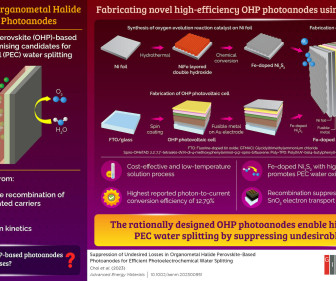







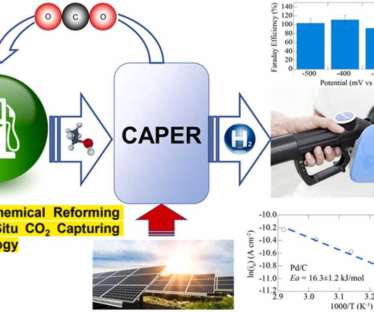


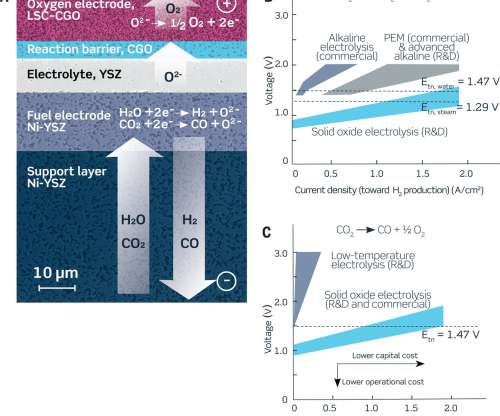

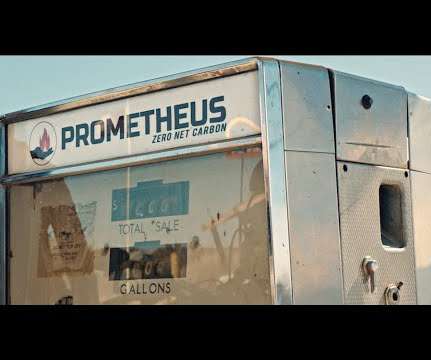






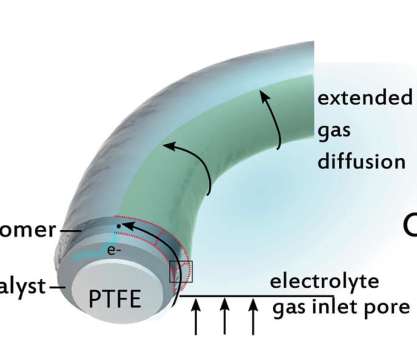

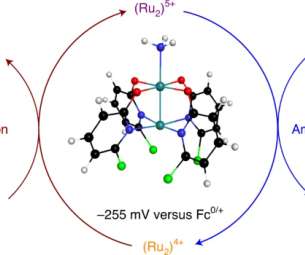


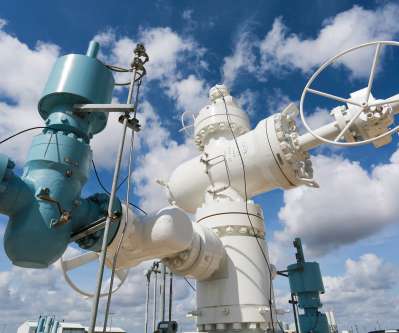


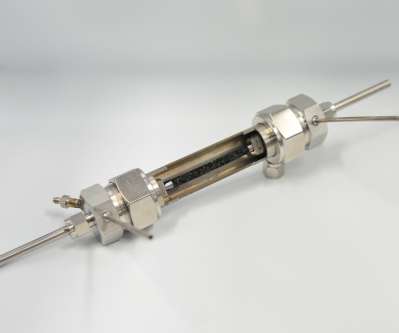










Let's personalize your content